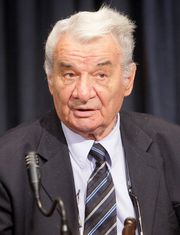- Serbia
Get to know Serbia
- Citizens
Culture and science
Health services
Pension and disability insurance
- Business
Employment
Economy
- Media
- Government
- Contact
Keep in touch
Contact form
Back
Keepin touch
Whether you have a question, comment, suggestion or any problem in the purview of the government, send us your message and we will try to respond as soon as possible. If your problem is not in our purview, we will forward your message to the relevant institution.
Q:
A:
Agrarian development strategy to be presented in November
Belgrade,
7 September 2012
President of the National Agrarian Council Zaharije Trnavcevic today announced that the agrarian development strategy will be presented to the government in November, drafted by this newly-founded government advisory body.
Trnavcevic told a press conference at the government building that this is a long-term document which will be in force for the next 20–25 years, affirming that it will most likely be completed by 20 November at the latest.
We believe that the revival of the agrarian sector depends on the awareness of Serbia’s immense capacity to become a major food exporter, therefore we must develop this only renewable economic branch faster than we have done so far, and bring new knowledge and technology into it, Trnavcevic observed.
He said the strategy will be written in a simple manner, that it will be easy to understand and read because the intention is to involve all citizens in this issue, including agricultural producers and consumers.
Trnavcevic pointed out that the strategy will outline what previous documents did not contain, such as the quotas Serbian agriculture could reach in the next few years and thus catch up with developed European countries in terms of crop yields, quantity of milk and meat and other parameters that are very important.
On 2 September, the Serbian government established the National Agrarian Council which should analyse the current situation in agriculture, agricultural production and the market of agricultural products in the country and prepare reports and measures for boosting agriculture in Serbia.
The Council should propose measures for encouraging development of agriculture and food industry, as well as systemic solutions and incentives for rural development and the empowerment of rural population.
This body, headed by journalist Zaharije Trnavcevic, has a total of 16 members who are top professionals in the field.
We believe that the revival of the agrarian sector depends on the awareness of Serbia’s immense capacity to become a major food exporter, therefore we must develop this only renewable economic branch faster than we have done so far, and bring new knowledge and technology into it, Trnavcevic observed.
He said the strategy will be written in a simple manner, that it will be easy to understand and read because the intention is to involve all citizens in this issue, including agricultural producers and consumers.
Trnavcevic pointed out that the strategy will outline what previous documents did not contain, such as the quotas Serbian agriculture could reach in the next few years and thus catch up with developed European countries in terms of crop yields, quantity of milk and meat and other parameters that are very important.
On 2 September, the Serbian government established the National Agrarian Council which should analyse the current situation in agriculture, agricultural production and the market of agricultural products in the country and prepare reports and measures for boosting agriculture in Serbia.
The Council should propose measures for encouraging development of agriculture and food industry, as well as systemic solutions and incentives for rural development and the empowerment of rural population.
This body, headed by journalist Zaharije Trnavcevic, has a total of 16 members who are top professionals in the field.
-
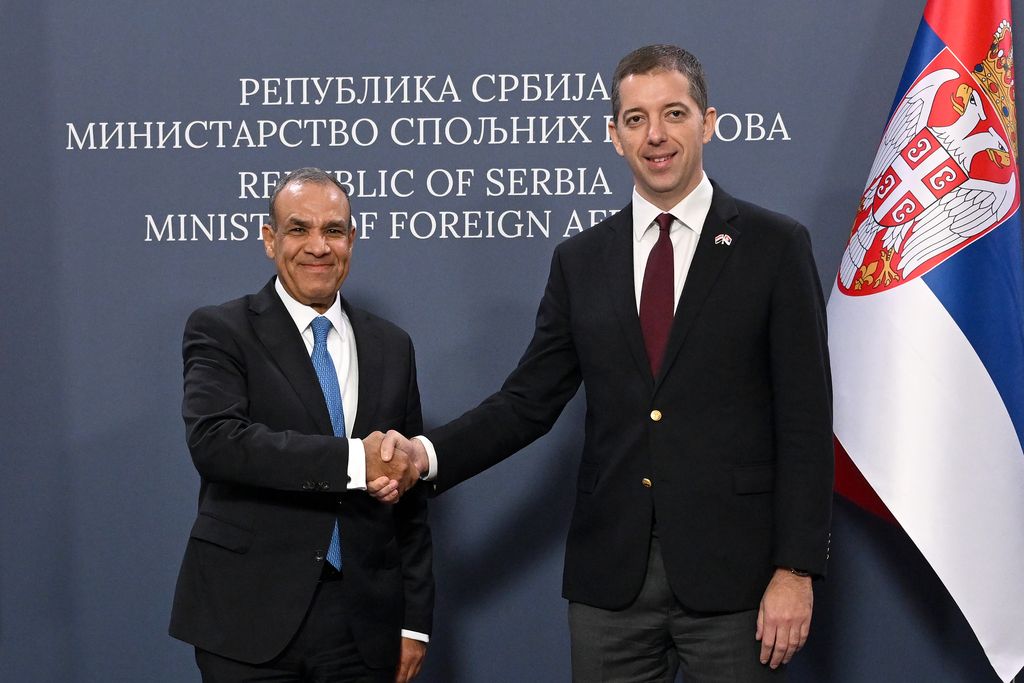 Belgrade, 22 January 2025
Belgrade, 22 January 2025Egypt one of Serbia’s closest partners on international stage
-
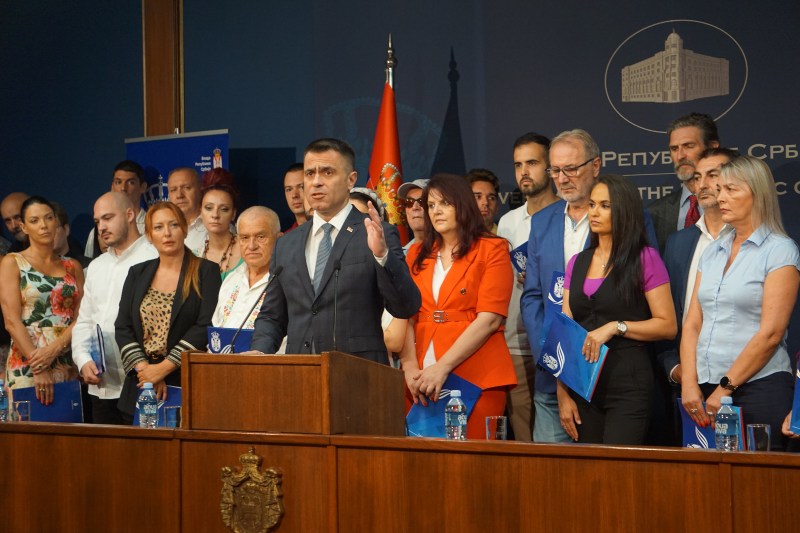 Belgrade, 9 July 2024
Belgrade, 9 July 2024Support for 104 associations in diaspora that preserve Serbian language, culture
-
 Belgrade, 15 April 2024
Belgrade, 15 April 2024Competition for StarTech grants open until 31 May
-
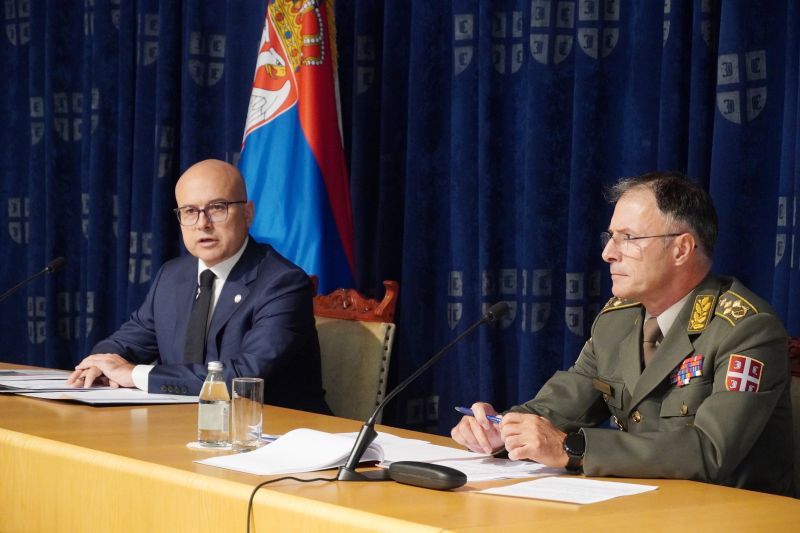 Belgrade, 2 October 2023
Belgrade, 2 October 2023Serbia respects Resolution 1244 and will do everything to preserve peace
-
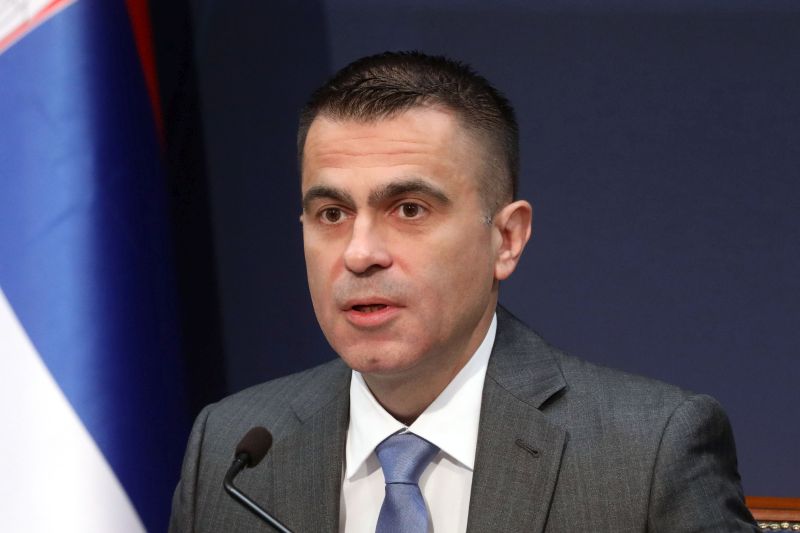 Belgrade, 13 September 2023
Belgrade, 13 September 2023Day of Serbian Unity to be celebrated outside borders of Serbia, Republika Srpska for the first time
-
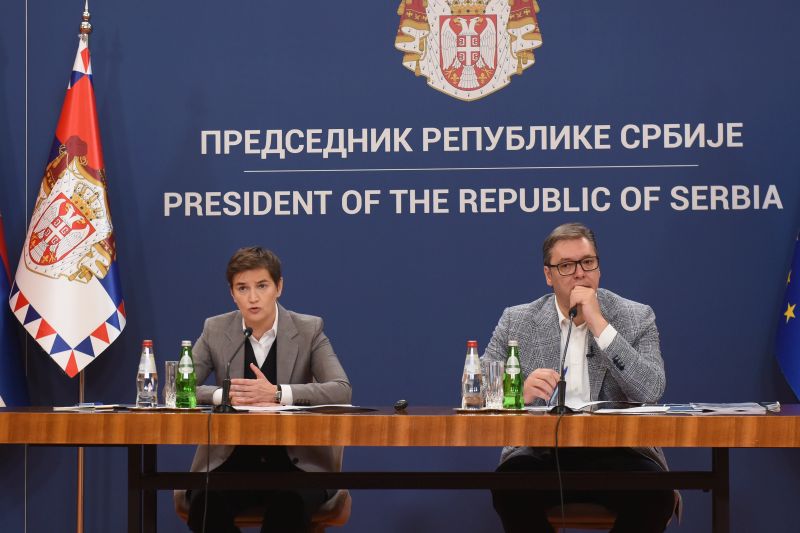 Belgrade, 8 August 2023
Belgrade, 8 August 2023RSD 24.2m in state aid paid out to citizens affected by storm
-
 Belgrade, 17 June 2023
Belgrade, 17 June 2023Belgrade is doing everything to preserve peace in Kosovo and Metohija
-
 Belgrade, 15 June 2023
Belgrade, 15 June 2023Slovenia will continue to support Serbia on its way to EU
-
 Belgrade, 5 May 2023
Belgrade, 5 May 2023Emergency measures, tightening of conditions for possessing weapons
-
 Belgrade, 3 May 2023
Belgrade, 3 May 2023Three days of mourning in Serbia over tragedy at Vladislav Ribnikar primary school

